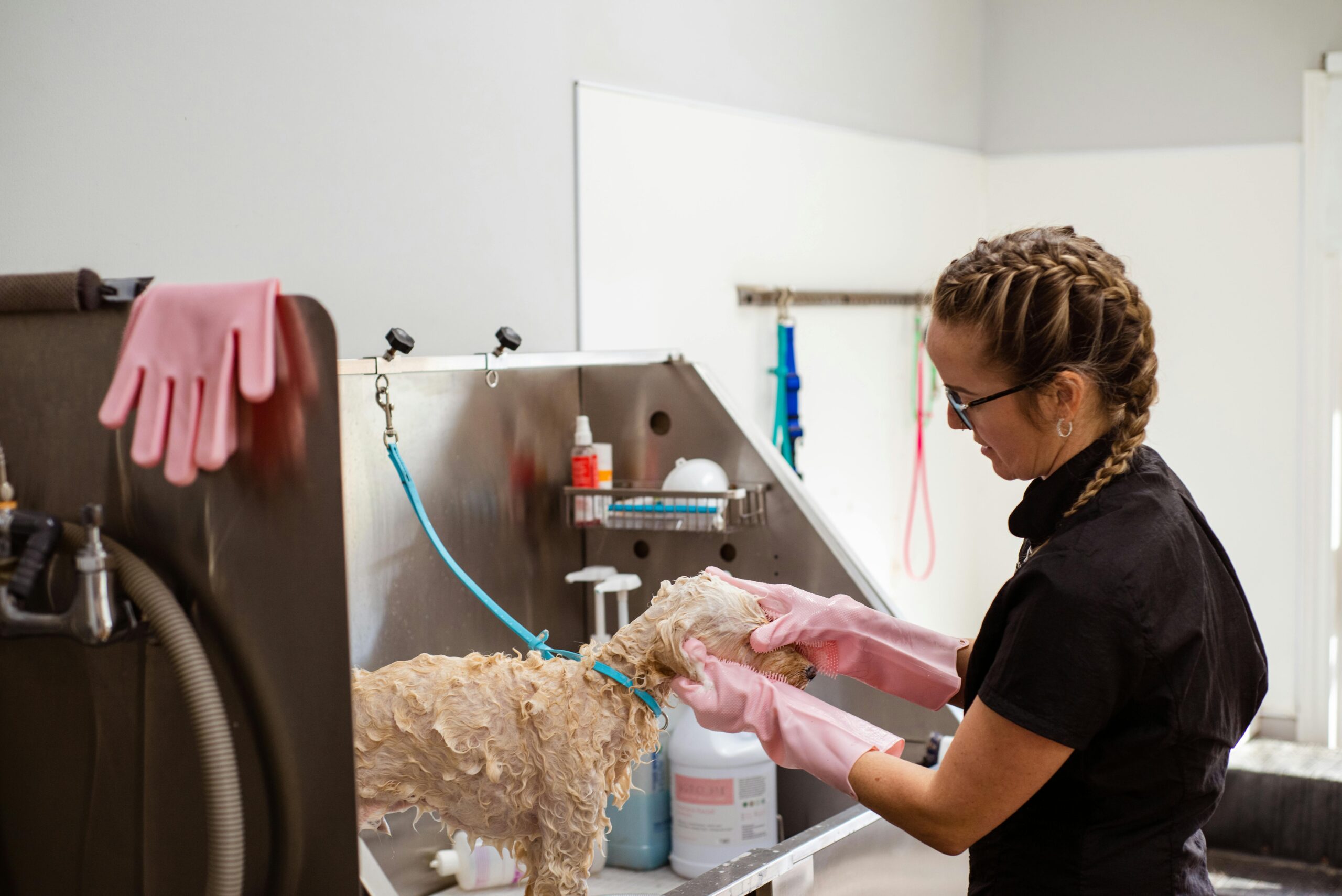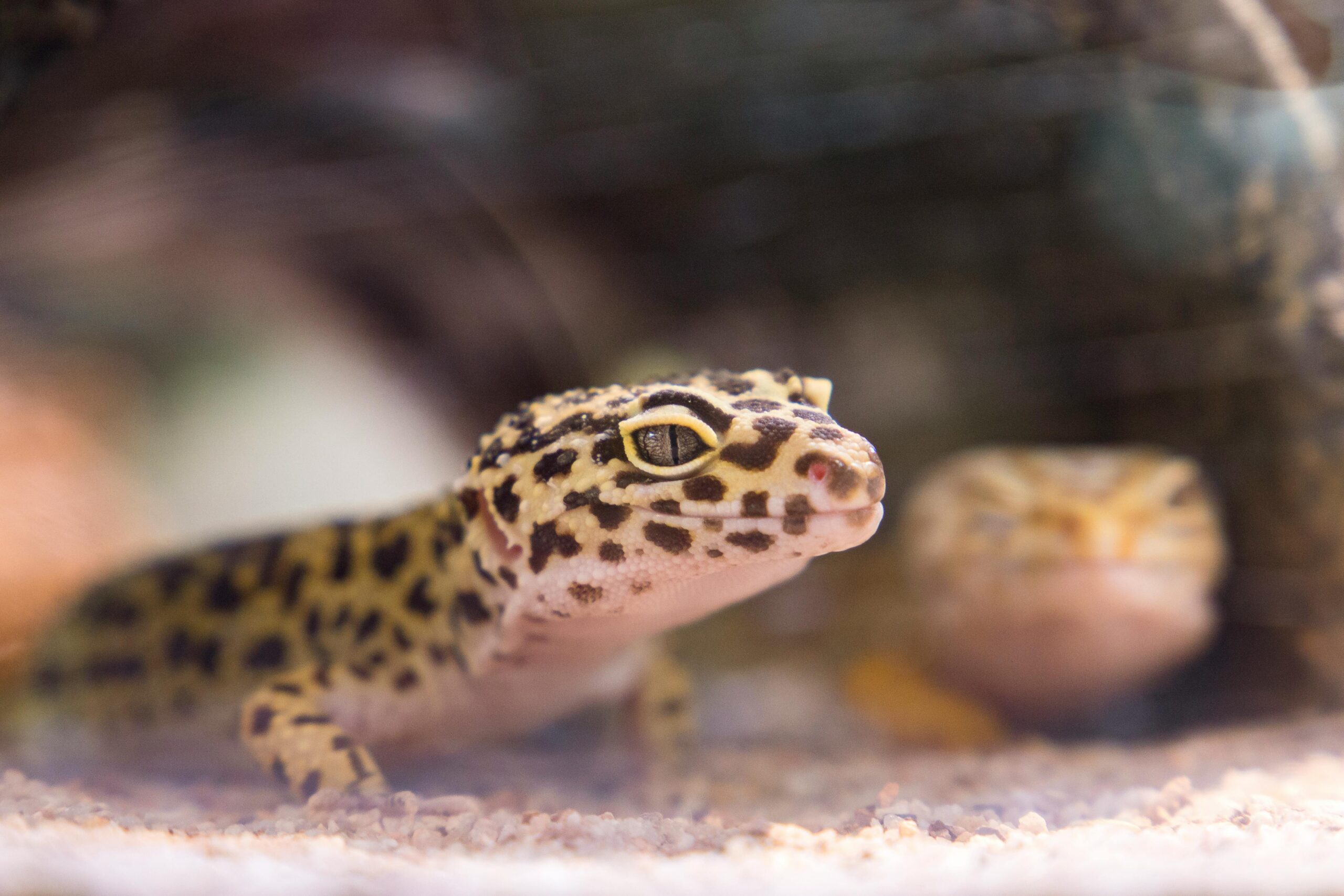Introduction To Importance of animal care
In addition to give importance of animal care simply fulfilling their basic needs, understanding animal needs also covers their health, enjoyment in play, and their complete state of wellness. Animals count on people for their care regardless of whether they are companion animals or wild. Promoting animal care strengthens the relationship between humans and animals, adding to biodiversity and maintaining ecosystem balance.
Food and Water:
Supplying the proper diet is basic. Every species has dissimilar nutritional requirements. Look at dogs as being omnivores, distinct from the obligate carnivore position of cats. Availability of fresh water is necessary at all moments to stop dehydration.
Shelter:
Animal living spaces ought to be safe and comfortable. This means that for pets, we must supply a comfortably warm and tidy space. In order for wildlife to last, natural habitat conservation is of great importance.
Health Care:
Effective for a pet’s health are routine visits to the vet combined with vaccinations and preventive actions. Methods for observing population dynamics along with the provision of interventions as necessary promote the continuity of ecological harmony for wildlife.
Exercise and Enrichment:
The health of a pet depends on physical activity together with cognitive engagement and interaction with the environment. Those pet elements consist of play, playful toys, and the activity of walks. Enabling proper behaviors in natural habitats demands the conservation of habitat for wildlife.
Socialization:
Lots of animals thrive on social bonds with people or with animals of their own species. Building relationships in socialization aids in pets stopping behavioral problems and raising the quality of life.
Best Practices in Animal Care

Understanding Animal Behavior:
All species display characteristic behaviors. Understanding these can serve to improve the quality of care. Recognizing stress signals in a pet can help with stopping issues before they escalate.
Training and Discipline:
A pet’s good behavior benefits from positive reinforcement training. It encourages a connection while simultaneously allowing obedience to take place without either fear or aggression.
Responsible Ownership:
This comprises either spaying or neutering pets, guaranteeing they do not cause stress on wildlife, and championing adoption rather than buying from breeders. For effective surveillance, knowledge of local wildlife rules and laws is necessary for a caregiver.
Emergency Preparedness:
Being conscious of how to act in urgent situations—whether caused by natural disasters, injury, or a sudden illness—is of highest priority. You can save lives by having both a first-aid kit and a prepared plan.
Continuous Learning: The arena of animal care is always changing. Participating in animal care is eased by gaining greater awareness about current research, tactics, and best practices via seminars, books, and training.
Challenges in Animal Care
It’s not easy to care for animals. Some of these include:
Financial Commitment:
The costs associated with vet care, great food, and quality housing can be prohibitive. Pets’ owners must provide funds correctly and evaluate the future expenditures related to being a pet owner.
Time and Attention:
Animals need a notable amount of time and care. Crammed schedules can occasionally create neglect. Care for pets and love is vital.
Behavioral Issues:
A variety of pets can experience behavioral troubles caused by historical trauma, an inadequate range of socialization experiences, or health conflicts. Working with these usually requires the quality of patience, and in a few significant cases, demands assistance from specialists.
Wildlife Interaction:
Caring for wildlife is a complicated task, thanks to legal restrictions and the complex requirements they have. How and when to act regarding wildlife is extremely crucial.
The Role of Animal Shelters together with Animal Rescue Organizations
The combined work of animal shelters and rescue organizations provides animals with a haven when they are at risk of suffering from abandonment, cruelty, or neglect. Often providing veterinary care, instruction, and communal experience, these organizations get animals ready for adoption. Volunteering as well as fostering can severely affect the quality of care these organizations are able to provide for animals needing help.
The Association between Human Beings and Animals
The tie between humans and animals is quite deep. For a great many individuals, pets represent family and give them both emotional support and a sense of joy alongside companionship. Survey results point to the idea that owning pets might promote improved mental health, decreased stress, and raised levels of physical activity.
The Future of Animal Care
As our consciousness concerning animal welfare issues deepens, there is a great buildup for more caring and sustainable animal welfare solutions. Elements related to supporting more ethical farming practices, cutting back on animal experimentation in research, and boosting the conservation of wildlife are included in this.
In a nutshell, even though I haven’t worked in animal care myself, the information available about it is plentiful and necessary. In order to properly care for animals, we need a serious manner, our instincts, and a willingness to learn new things. All components of this assignment are satisfying and provide benefits for the animal and the caregiver. When you’re thinking about bringing home a pet or wanting to support wildlife where you live, understanding your responsibilities will be important to nurture happy lives for pets and wildlife.





